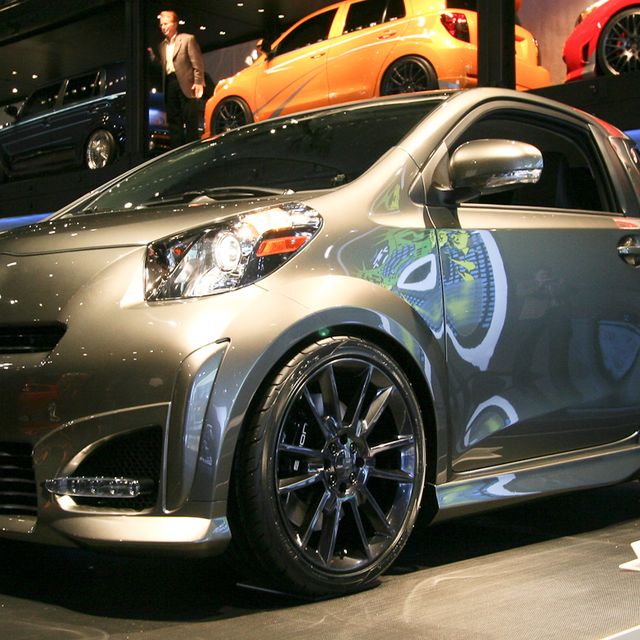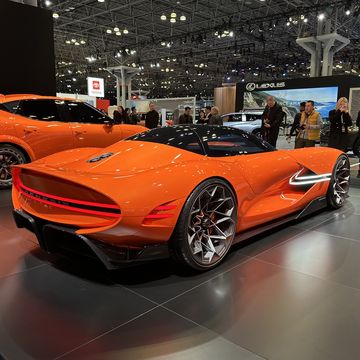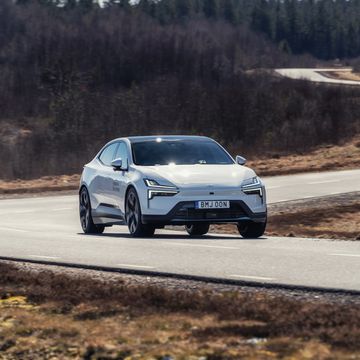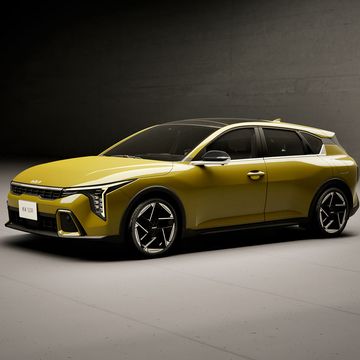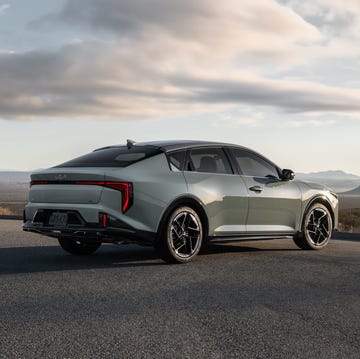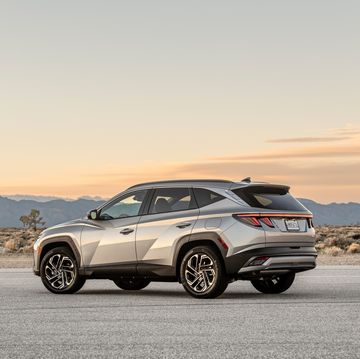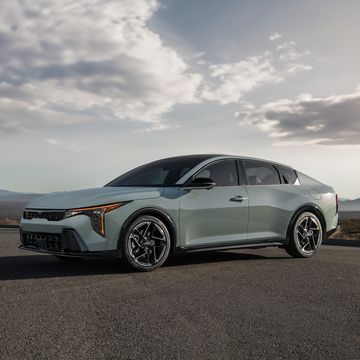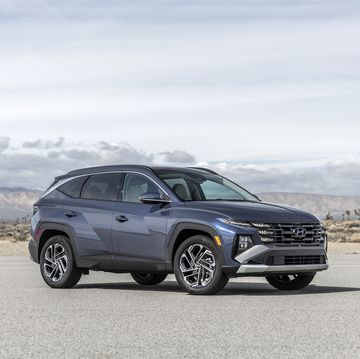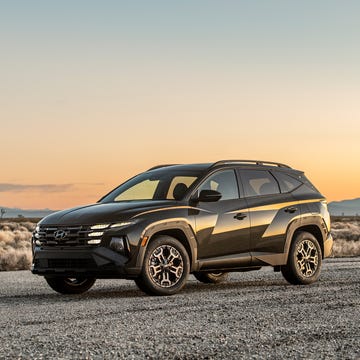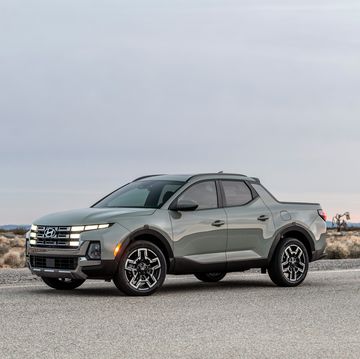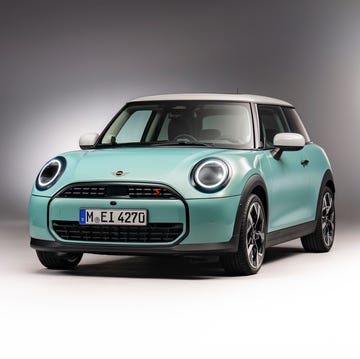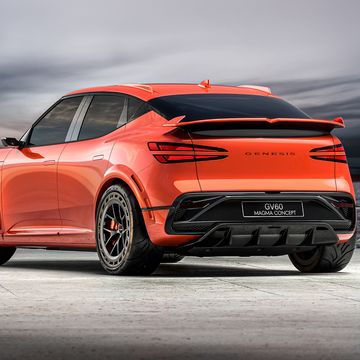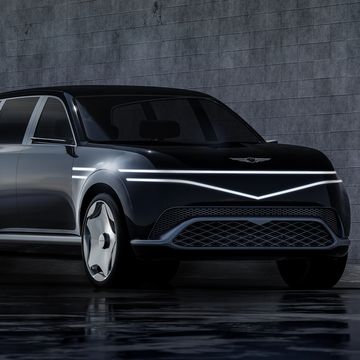The Toyota iQ, the world’s smallest four-seater, is headed to the U.S., but not as a Toyota. Scion finally confirmed what we’ve known for a while and announced at the New York auto show that it will be sticking its badge on Toyota’s tiny iQ when it comes stateside. To bring it in line with the other offerings from Toyota’s “youth-oriented” Scion brand, the iQ will get a bit more flash and flare than the Toyota version, with sharper, beefier front and rear fascias and more-muscular fenders.
At 120.1 inches long, the Scion iQ is a few inches longer than the Toyota version and just over a foot longer than the two-seat Smart Fortwo, but it’s still two feet stubbier than a Mini Cooper. The iQ’s 78.7-inch wheelbase is five inches longer than the Smart Fortwo’s, which makes space for the iQ’s innovative—you might also say “compromised”—rear seats. Scion calls it 3+1 seating, as it made room for an adult in the back by placing the front passenger’s seat closer to the windshield than the driver’s seat. Behind the driver, there’s room for a small child or a house cat—hence the +1. Rear-seat headrests are set right against the back glass, but don’t fear a rear-end collision; there’s a curtain airbag that deploys between the headrests and glass. The rear seats fold independently and with both folded, Scion says there’s enough room for two golf bags.
One Big Fluffy Pillow
The iQ obviously is tiny, but it also comes with an extensive list of standard safety equipment. Besides the aforementioned airbag behind the rear seat, stability and traction control, ABS with panic-brake assist, and 9 other airbags as standard. A rundown of the fluffy collision pillows: two front, two side-impact, two side-curtain, two front-seat knee airbags, a seat-cushion airbag for the driver, and the rear bag.
Power for the U.S.-market iQ will come from a 1.3-liter four-cylinder. Output hasn’t yet been disclosed, but Scion is promising more than 90 horses. Connected to the 1.3-liter will be a standard CVT which we can’t see disliking more than the herky-jerky automated manual transmission in the Smart. Scion expects the iQ to return a combined-fuel-economy figure in the high 30s.
Like the Smart, which doesn’t have a rear seat, space in the front of the iQ is plentiful, thanks to numerous space-saving engineering solutions. Whereas the Smart tucks its engine and transmission below the rear of the car, the iQ’s has a traditional front-engine, front-drive layout. Cleverly, the iQ packages the differential in front of the engine, the starter motor is incorporated into the flywheel, and the steering rack is mounted up high. Even the air conditioner sits up in the center of the dashboard, allowing the firewall to be set further forward.
Tunes, But Thankfully No Tubes
As Scion is the brand of funk and youth, the standard sound system will have six speakers, as well as USB and auxiliary inputs, steering-wheel-mounted controls, and multiple available head units. Regarding pulsating-light-ring, door-mounted speaker-surrounds, Scion refuses to engage Kia, leaving that bit of chintz to the Korean Forte and Soul.
The Scion iQ goes on sale in early 2011. Prices have yet to be announced, but we’d wager that the iQ will start below $15,000.

Jared Gall started his career with Car and Driver as an unpaid intern, but has now worked here more than half of his life. He has held numerous positions within C/D's digital and print teams and has driven some 2500 cars. Employee records indicate that he is the only staffer ever to T-bone a school bus with another school bus.
